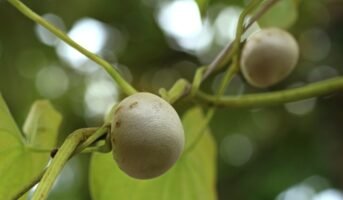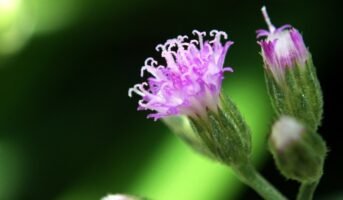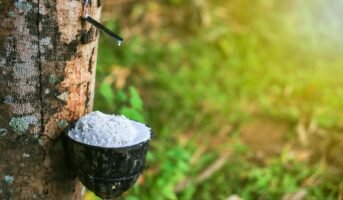The whitefly, also known as a snow fly, is a sap-sucking insect that can frequently be found in dense populations on the undersides of leaves. This bug is commonly found in indoor plants, tomatoes, and greenhouses. Large clouds of the winged adults can be seen rising into the air whenever afflicted plants are agitated.
Nymphs and adults both cause damage to plants by sucking the juices from new growth, which results in lower yields, slowed growth, and yellowing of the leaves. Plants lose their strength and become more vulnerable to illness. Whiteflies, like aphids, produce honeydew, which can cause the leaves they feed on to become sticky or covered in a black sooty mould. In addition to this, they are the ones to blame for the spread of multiple plant viruses.
Whiteflies can be seen in outdoor gardens in the southern and coastal regions throughout the year. Only indoor environments present the risk of infection throughout the year in northern regions. There are around 250 different kinds of decorative and edible plants that can serve as hosts. Infestation is frequent on hibiscus, citrus, poinsettia, potato, cucumber, grape, and tomatoes, as well as squash.
all about: the What is life cycle costing in construction?
White fly: Identification
Moth-like adults measure approximately 1/16 of an inch in length and have powdered white wings and small antennae. They are simple to identify and may typically be discovered on the tips of plant stems or close to the plant’s crown.
Flattened and oval, wingless nymphs have an appearance that is similar to that of scales. After the first instar, often known as the crawler stage, they finally make their home on the undersides of leaves, where they attach themselves and begin feeding.
White fly: Life cycle
The leaves of the host plants are where the young nymphs spend the winter. At the end of the spring season, adult females will lay between 200 and 400 eggs in circular clusters on the undersides of the upper leaves.
After an incubation period of five to ten days, the eggs will hatch into crawlers, which are the first instar nymphs and resemble miniature mealybugs. Crawlers will walk a short distance away from the egg before flattening themselves against the leaf to feed.
The second, third, and fourth stages of the nymphal life cycle are immobile. The next stage is a non-feeding period called the pupal stage, and after a week, young adults emerge to begin the cycle all over again.
Each year sees several new generations emerge. At normal temperatures, it takes roughly 25 days for whitefly larvae to mature into adult whiteflies. Adults have a one to two-month life expectancy at most.
White fly: How to control?
- Sticky yellow traps are an effective tool for monitoring adult populations and reducing their numbers.
- If pests are discovered, use the Bug Blaster to rid plants of them by spraying them with a powerful stream of water and reducing the overall population.
- Natural enemies of this pest include ladybugs and lacewing larvae, both of which feed on the eggs of the pest, as well as the whitefly parasite, which kills both nymphs and pupae. Releases should be carried out at times when the number of pests is low to medium for the best outcomes.
- When populations are high, apply a pesticide that is organic, low in toxicity, and has a short lifespan to get a handle on the problem. After that, release predatory insects to keep the problem under control.
- It is possible to eradicate eggs, larvae, and adult insects by spraying organic neem oil on flowers, fruit trees, and vegetable gardens. Spray all sides of the leaves, including the undersides, with a mixture of one ounce of liquid per gallon of water until the leaves are drenched.
- Horticultural oils, which work by suffocating insects and stopping their breathing, are particularly efficient against this pest in all of its life phases.
- When all other options have been exhausted, the use of fast-acting botanical pesticides should be considered. These natural pesticides, which are derived from plants that have insecticidal qualities, have fewer detrimental side effects than synthetic chemicals and break down more quickly in the environment. Natural pesticides come from plants.

Source: Pinterest
FAQs
How can you eliminate whiteflies?
Reflective mulches can repel whiteflies from vegetable gardens, while yellow sticky traps can monitor or reduce whiteflies at high levels.
What is the most effective insecticide against white flies?
Before populations reach high levels, properly-labelled products containing the systemic pesticide imidacloprid are the most effective.
Housing News Desk is the news desk of leading online real estate portal, Housing.com. Housing News Desk focuses on a variety of topics such as real estate laws, taxes, current news, property trends, home loans, rentals, décor, green homes, home improvement, etc. The main objective of the news desk, is to cover the real estate sector from the perspective of providing information that is useful to the end-user.
Facebook: https://www.facebook.com/housing.com/
Twitter: https://twitter.com/Housing
Email: [email protected]











